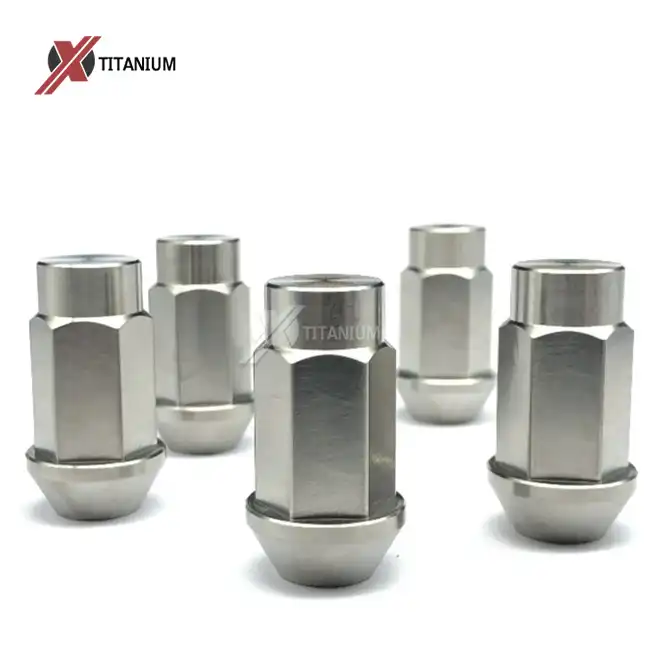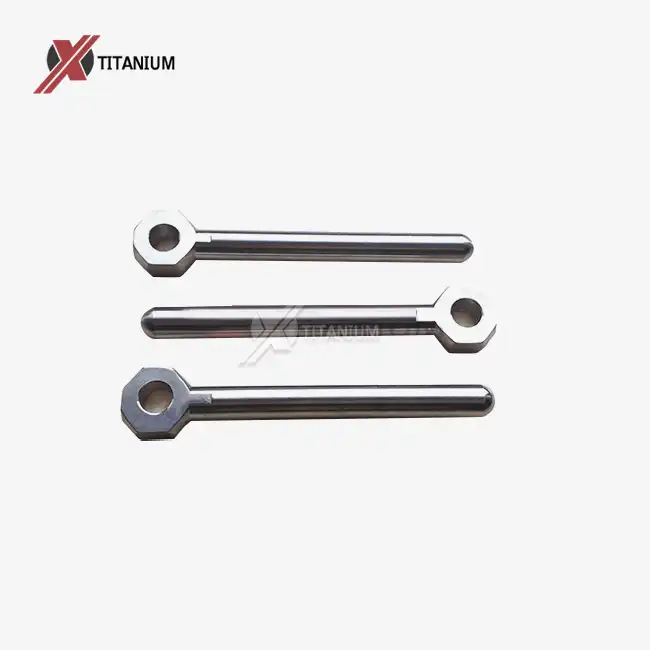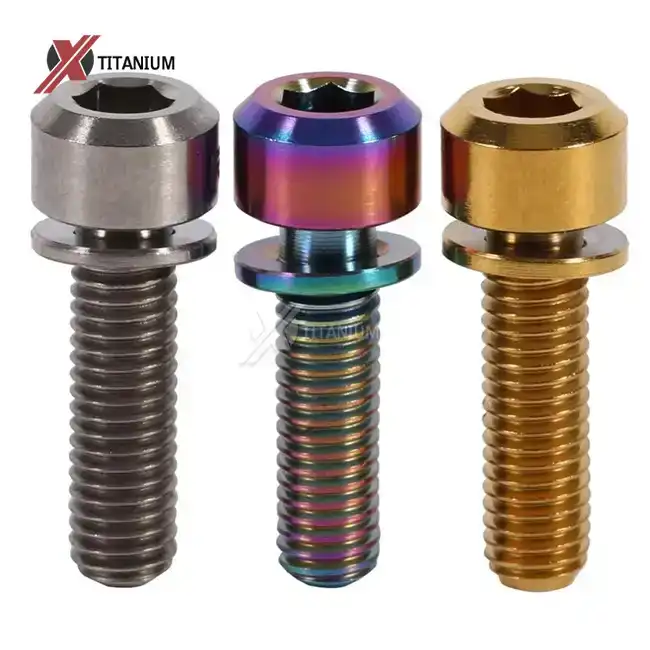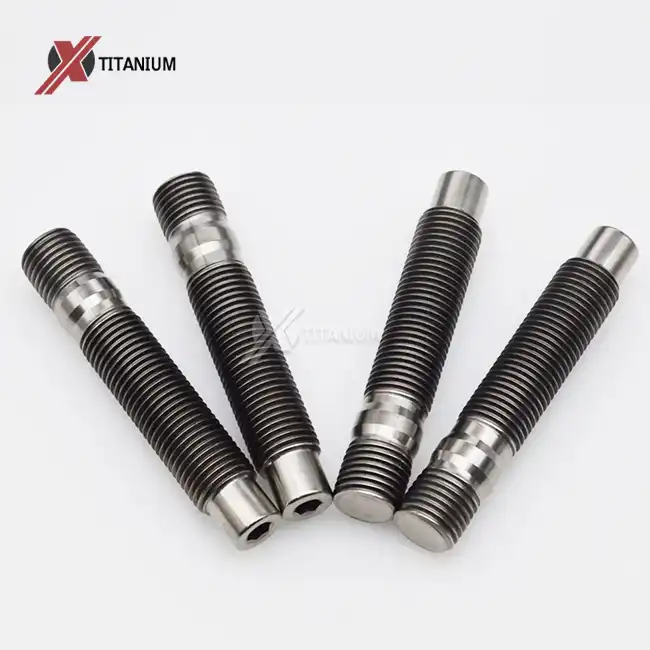- English
- French
- German
- Portuguese
- Spanish
- Russian
- Japanese
- Korean
- Arabic
- Greek
- German
- Turkish
- Italian
- Danish
- Romanian
- Indonesian
- Czech
- Afrikaans
- Swedish
- Polish
- Basque
- Catalan
- Esperanto
- Hindi
- Lao
- Albanian
- Amharic
- Armenian
- Azerbaijani
- Belarusian
- Bengali
- Bosnian
- Bulgarian
- Cebuano
- Chichewa
- Corsican
- Croatian
- Dutch
- Estonian
- Filipino
- Finnish
- Frisian
- Galician
- Georgian
- Gujarati
- Haitian
- Hausa
- Hawaiian
- Hebrew
- Hmong
- Hungarian
- Icelandic
- Igbo
- Javanese
- Kannada
- Kazakh
- Khmer
- Kurdish
- Kyrgyz
- Latin
- Latvian
- Lithuanian
- Luxembou..
- Macedonian
- Malagasy
- Malay
- Malayalam
- Maltese
- Maori
- Marathi
- Mongolian
- Burmese
- Nepali
- Norwegian
- Pashto
- Persian
- Punjabi
- Serbian
- Sesotho
- Sinhala
- Slovak
- Slovenian
- Somali
- Samoan
- Scots Gaelic
- Shona
- Sindhi
- Sundanese
- Swahili
- Tajik
- Tamil
- Telugu
- Thai
- Ukrainian
- Urdu
- Uzbek
- Vietnamese
- Welsh
- Xhosa
- Yiddish
- Yoruba
- Zulu
Is the Titanium Knurled Bolt the Ultimate Solution for Precision Assembly?
In industries where precision, strength, and corrosion resistance are paramount, titanium knurled bolts have emerged as a superior solution. Known for their unique design and premium material composition, these bolts are widely used in aerospace, automotive, electronics, marine, and medical industries. The knurled pattern—typically a series of straight, angled, or diamond-shaped ridges—provides enhanced grip and torque transmission. Combined with titanium’s unmatched properties, the result is a fastener that delivers performance under pressure.
As industries demand increasingly reliable and lightweight solutions, titanium knurled bolts, often used alongside titanium flange bolts, have grown in popularity. This article explores why titanium knurled bolts are revolutionizing fastening applications, what makes them better than traditional fasteners, how they work synergistically with flange bolts, and why titanium remains the material of choice for engineers worldwide.
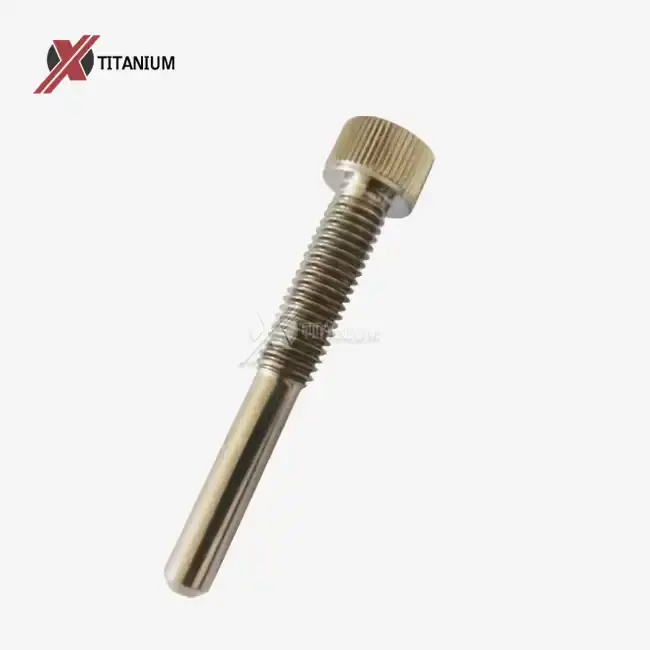
What Are the Advantages of Titanium Knurled Bolts Compared to Traditional Fasteners?
Titanium knurled bolts are far more than just visually distinctive; they deliver performance advantages that set them apart in modern engineering environments.
1. Enhanced Grip and Anti-Slip Performance
The knurling on the bolt head or shaft increases surface area and provides superior friction. This ensures that the bolt can be securely tightened or loosened even in low-torque scenarios or with gloved hands. In assembly lines and mechanical applications where tools may slip or the operator requires tactile control, this feature becomes invaluable.
Traditional hex or socket bolts lack this enhanced grip, making them prone to rounding off or slipping under stress. Titanium knurled bolts, by contrast, reduce assembly time and increase reliability during installations and maintenance.
2. Corrosion Resistance in Harsh Environments
Titanium’s innate corrosion resistance makes these bolts ideal for use in environments where moisture, chemicals, or extreme temperatures are prevalent. Unlike stainless steel bolts, which may corrode over time when exposed to chlorides or acidic environments, titanium knurled bolts maintain structural integrity for years.
For marine and offshore applications, where salt spray can corrode most metals, titanium is especially valuable. Similarly, in chemical processing plants, these bolts can withstand aggressive reagents that would quickly degrade other fasteners.
3. High Strength with Low Weight
Titanium provides a rare combination of low density and high tensile strength. This means that titanium knurled bolts are not only significantly lighter than steel counterparts, but they also deliver equal or greater mechanical strength. In aerospace, automotive, and cycling industries, reducing weight without compromising structural integrity is crucial.
For instance, replacing steel bolts with titanium knurled bolts in performance bicycles or sports cars can shave off valuable weight while ensuring that torque and clamping forces remain uncompromised.
4. Temperature Resistance and Thermal Stability
In high-heat environments such as engine compartments, aerospace components, or industrial ovens, titanium bolts can withstand temperatures exceeding 600°C without deforming or losing mechanical properties. Many traditional fasteners begin to lose their hardness and elongate under these conditions, leading to dangerous failures.
This thermal resilience allows titanium knurled bolts to be used in turbine engines, automotive manifolds, or even spacecraft assemblies, where fluctuating temperatures are the norm.
How Do Titanium Knurled Bolts Complement Titanium Flange Bolts in Industrial Applications?
Titanium knurled bolts and titanium flange bolts each serve unique yet complementary roles in industrial engineering.
1. Precision Fastening Meets Load Distribution
Titanium flange bolts are primarily designed to spread clamping force over a larger surface area, reducing the likelihood of damage to sensitive materials or causing stress concentrations. Titanium knurled bolts, on the other hand, offer precision handling and anti-slip engagement.
Together, they are often used in assemblies where precision fastening is required alongside a need for broader load distribution. For example, in engine mounts, you may find flange bolts securing broad surface areas while knurled bolts anchor components that require regular adjustment or precision alignment.
2. Vibration Resistance and Assembly Stability
One of the hidden strengths of the knurled bolt is its resistance to loosening under vibration. The textured surface helps maintain friction against mating surfaces, making them ideal in applications exposed to continuous vibration—such as aircraft engines, industrial compressors, or marine engines.
When paired with titanium flange bolts, which stabilize and distribute force, the result is an assembly that resists loosening over time. This synergy is particularly useful in high-performance applications like Formula One vehicles, where components endure both high vibration and rapid thermal cycling.
3. Compatibility in Mixed Assemblies
Titanium knurled bolts are frequently used in tandem with flange bolts in complex assemblies—such as medical implants, military hardware, and aerospace panels—where different fastening functions are required in the same unit. For example, the flange bolts might anchor a structural support, while the knurled bolts are used for covers, guides, or components that must be frequently accessed without tools.
This modular approach not only improves maintainability but also enhances the overall reliability of the system.
Why Is Titanium the Preferred Material for High-Performance Knurled Bolts?
Choosing titanium as the base material for knurled bolts is not simply a matter of prestige or novelty—it’s a decision rooted in engineering necessity.
1. Exceptional Longevity
Titanium is virtually immune to fatigue, oxidation, and corrosion. Its performance does not degrade significantly over time, making it an ideal choice for long-term installations where replacement would be costly or dangerous. From aircraft fuselages to deep-sea submersibles, the longevity of titanium fasteners translates to reduced lifecycle costs and improved safety.
2. Biocompatibility
Titanium’s biocompatibility is a key reason why knurled bolts made from this material are used in medical implants and surgical instruments. The human body accepts titanium without adverse reactions, making it suitable for prosthetic limbs, dental implants, and orthopedic assemblies.
This property is further enhanced when combined with the knurled design, which can improve fixation and reduce micro-motion at bone interfaces.
3. Non-Magnetic and Non-Sparking Properties
Titanium is non-magnetic, making it ideal for use in sensitive electronic environments such as MRI machines or radar installations. It’s also non-sparking, which is critical in applications involving flammable gases or materials—such as oil refineries or explosives manufacturing.
Titanium knurled bolts, therefore, offer a safety advantage in volatile environments where a spark could mean disaster.
4. Recyclability and Environmental Impact
In addition to being high-performance, titanium is also a sustainable choice. It’s fully recyclable, and the durability of titanium bolts means fewer replacements, reduced manufacturing burden, and less waste over time. For industries prioritizing green technologies and sustainable sourcing, titanium bolts are a logical step forward.
Final Thoughts
Titanium knurled bolts are more than just a mechanical fastener; they’re a precision-engineered component that plays a vital role in modern assembly. Their combination of superior grip, low weight, high strength, and resistance to harsh conditions makes them indispensable in critical applications. Whether used in conjunction with titanium flange bolts for balanced structural solutions or as standalone fasteners in surgical, aerospace, or automotive systems, these bolts deliver exceptional performance across the board.
As industries evolve and performance demands continue to rise, the adoption of titanium knurled bolts is likely to expand. Their unique mechanical benefits and material superiority position them as the fastening solution of choice for engineers who demand excellence.
References
Miller, T.D. (2021). "Mechanical Properties of Titanium Fasteners in Aerospace Structures". International Journal of Structural Engineering, 56(4), 412–428.
Zhang, H. & Liu, M.K. (2020). "Knurled Fastener Design for Enhanced Grip and Torque Control". Journal of Precision Engineering, 34(2), 145–162.
Ramasamy, P. & Cho, J. (2023). "Corrosion Performance of Titanium Fasteners in Aggressive Media". Materials Performance Journal, 88(7), 212–223.
Nguyen, L.H. & Patel, R.N. (2019). "Fastening Techniques in High-Vibration Environments". Journal of Mechanical Design & Reliability, 65(1), 75–93.
Thompson, E.A., et al. (2022). "Comparative Study of Bolt Materials for High-Performance Applications". Advanced Engineering Materials, 24(6), 487–501.
Learn about our latest products and discounts through SMS or email
